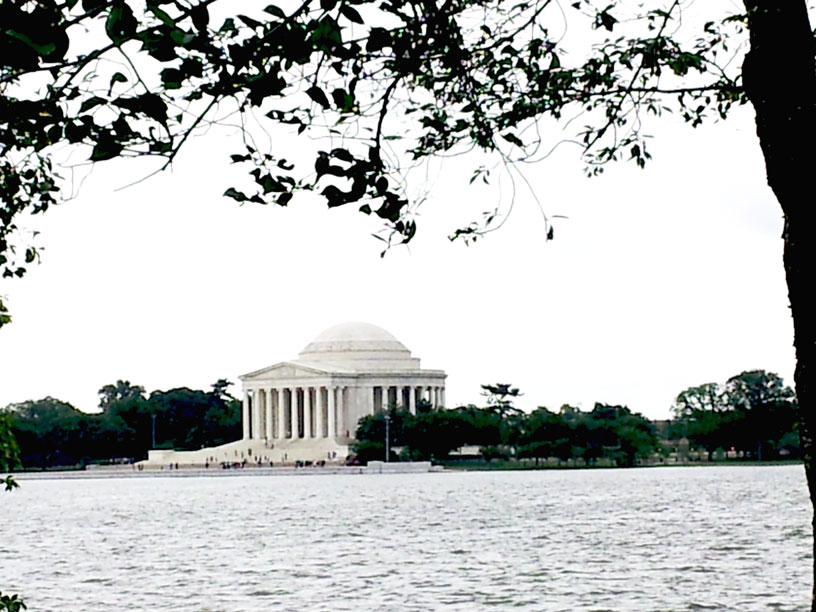We hold these truths to be self-evident: that all men are created equal, that they are endowed by their Creator with certain inalienable rights, among these are life, liberty, and the pursuit of happiness, that to secure these rights governments are instituted among men.
~ Thomas Jefferson
Thomas Jefferson (1743 – 1826)
Thomas Jefferson (April 13, 1743 (April 2, 1743 O.S.) – July 4, 1826) — author of the Declaration of Independence and the Statute of Virginia for Religious Freedom, third president of the United States (1801–1809), and founder of the University of Virginia — voiced the aspirations of a new America as no other individual of his era. As public official, historian, philosopher, and plantation owner, he served his country for over five decades.
Declaration of Independence (1776):
Drafted by Thomas Jefferson between June 11 and June 28, 1776, the Declaration of Independence is at once the nation’s most cherished symbol of liberty and Jefferson’s most enduring monument. Here, in exalted and unforgettable phrases, Jefferson expressed the convictions in the minds and hearts of the American people. The political philosophy of the Declaration was not new; its ideals of individual liberty had already been expressed by John Locke and the Continental philosophers. What Jefferson did was to summarize this philosophy in “self-evident truths” and set forth a list of grievances against the King in order to justify before the world the breaking of ties between the colonies and the mother country.
Virginia Statute for Religious Freedom (1786):
This Virginia law declared that government-mandated religion was a violation of natural rights and therefore, “no man shall be compelled to frequent or support any religious worship, place, or ministry whatsoever….” Furthermore, “all men shall be free to profess, and by argument to maintain, their opinion in matters of religion.” These two affirmations are the roots of the First Amendment’s Establishment Clause and Free Exercise Clause.

The Jefferson Memorial
900 Ohio Drive SW, Washington, DC 20242
The Jefferson Memorial stands at the southern end of the National Mall, adjacent to the Tidal Basin in West Potomac Park.
GPS Coordinates: 38.881387, -77.036508
Nearest Metro Station (WMTA): Smithsonian Station
There is no entrance fee to the Memorial.
The Thomas Jefferson Memorial open to the public every day of the week, 24 hours a day.
The National Park Service staff offers daily interpretive tours every hour on the hour from 10:00 a.m. to 11:00 p.m.
National Park Service (NPS) Phone: (202) 426-6841
Architects: John Russel Pope and Frederick Law Olmsted, Jr.
Situated on the shores of the Tidal Basin, the Jefferson Memorial can be seen as a prominent landmark of the southern Washington DC horizon. Inside the Memorial are engraved inscriptions of quotations and passages of documents written by Thomas Jefferson.


